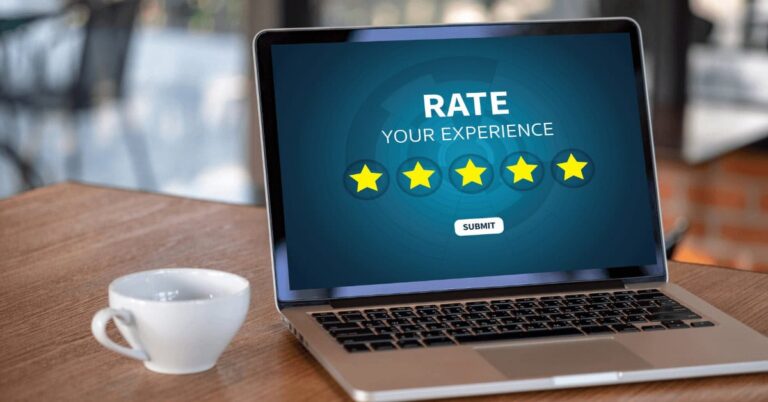Synthetic data is becoming a game-changer in domains where data is not readily accessible, sensitive, or too expensive to procure. Used to validate AI models, train machine learning models, or comply with data privacy laws, synthetic data is becoming the perfect replacement. With so many choices in the market, however, which option should you be using? Let’s break it down and explore some of the top synthetic data generation tools that are trending right now.
Table of Contents
ToggleWhat is a Good Synthetic Data Tool?
Before we get into the tools, it is worth discussing what makes a good synthetic data tool. The best ones not only generate data that is realistic, but also varied enough to be representative of several use cases. They should be customizable, be able to handle large volumes of data, and, where applicable, have privacy-protection capabilities. They vary from tools that operate on structured data (like databases) to tools that operate on unstructured data, i.e., images, text, and videos.
Let’s explore some of the finest options available now.
1. K2view
K2view is a standout synthetic data generation tool, and it’s especially great for large enterprises dealing with complex and sensitive data. What sets K2view apart is its unique approach to data management. It organizes data into micro-databases, which makes it incredibly efficient at generating high-quality synthetic data while maintaining relationships between data points.
K2view is widely used in industries like banking and healthcare which have to deal with stringent compliance regulations. It doesn’t just create synthetic data; it dynamically masks, encrypts, and tokenizes data in real time, making it one of the most secure solutions out there. Thus. for businesses that need fast, large-scale synthetic data that mirrors real-world patterns, K2view is one of the best choices.
2. Gretel AI
Gretel AI is a popular platform when it comes to synthetic data, and it’s not difficult to understand why. It is very much concerned with privacy, so the data it produces is not just statistically correct, it also keeps sensitive data confidential. That’s why it’s so suitable for businesses dealing with highly regulated markets like healthcare and finance.
It allows users to create synthetic data that mimics true patterns, so the data produced is appropriate to be used in AI training, software testing, or compliance. And it’s also seamless to integrate with existing workflows, so it’s a practical solution for teams that need to increase data security without compromising on the benefits of having data that is similar to reality.
3. Mostly AI
Mostly AI is yet another force to be reckoned with when it comes to data creation. It is unique in that it generates highly realistic data without any compromise on privacy. It is widely used in banking, insurance, and telecommunication, where customer data is sensitive and needs to be guarded.
Mostly AI’s platform is designed to generate synthetic data that mimics real customer behavior, something that is perfect when training AI models. It also offers strong compliance features, so companies do not have to worry about violating data protection regulations when working with synthetic data.
4. Tonic AI
Tonic AI is a developer and software engineer’s go-to when it comes to obtaining high-quality test data. One of its biggest strengths is that it provides database-friendly synthetic data, which is really useful when you need to test an application.
The product is meant to mimic production environments in order to enable developers to develop using realistic data without exposing actual user data. It is also data structure and form compatible, thus being an ideal solution for companies that wish to automate software test processes without exposing actual data.
5. Hazy
Hazy is a data generation platform capable of handling large-scale data. It uses AI-driven techniques to create synthetic data that is of similar nature and behavior to real data, and it is an excellent solution to be applied in big data situations.
What is special about Hazy is that it learns from actual data sets and then generates synthesized versions with the same patterns and distributions. This is especially useful to companies that have large amounts of structured data, such as telecommunication firms, banks, and healthcare providers.
6. Synthea
Synthea is one of the best tools when it comes to creating synthetic healthcare data. It is an open-source solution that is specifically designed to create electronic health records (EHRs) appropriate for research, medical training, and AI.
Synthea provides realistic patient records with histories, prescriptions, procedures, and so on. Because it’s open source, researchers and developers can customize it to suit their own purposes, so it’s a valuable asset for healthcare professionals who’d like to develop AI solutions.
7. Datagen
If you’re interested in AI models that involve computer vision, Datagen is a suitable option. It is specifically geared towards the generation of synthetic image and video data that is employed to train AI systems without resorting to actual collections of images.
It is particularly useful for facial recognition, autonomous driving, and security purposes, where large volumes of diverse images need to be used. Datagen provides a platform where users can create controlled and diverse visual data, which makes training AI both efficient and reliable.
8. Unity Perception
For game, 3D modeling, and augmented reality professionals, Unity Perception is a powerful way of producing synthetic data. It is a built-in toolkit in the Unity game engine that allows developers to construct highly realistic, annotated data sets to train AI models in visual recognition, robotics, and even virtual reality.
Using Unity Perception, users can recreate intricate environments, change light conditions, and add variation to data to improve AI accuracy. It is therefore a first choice amongst companies creating state-of-the-art AI applications that include 3D visuals.
9. AI.Reverie
AI.Reverie takes it a step further in the generation of synthetic data by simulating entire environments. It is used in the generation of data for satellite imagery analysis, surveillance, and city planning. The advantage of AI.Reverie is that it allows users to create highly diversified datasets without the need to utilize actual images. This is particularly useful when training AI models where accessing actual data could be too expensive or logistically impractical.
Final Thoughts
Synthetic data is increasingly being used as a valuable asset by companies and researchers wanting to train AI models, preserve privacy, and augment data availability. Your needs will determine the right tool. If you’re dealing with sensitive data and need strong privacy guards, then K2view, Gretel AI or Mostly AI are great choices. If you’re a developer, Tonic AI will make your test easier. If you’re in healthcare, Synthea is the unbeatable choice. And if you deal with AI vision models, then Datagen and Unity Perception are fantastic options to provide you with the synthetic images you need.











